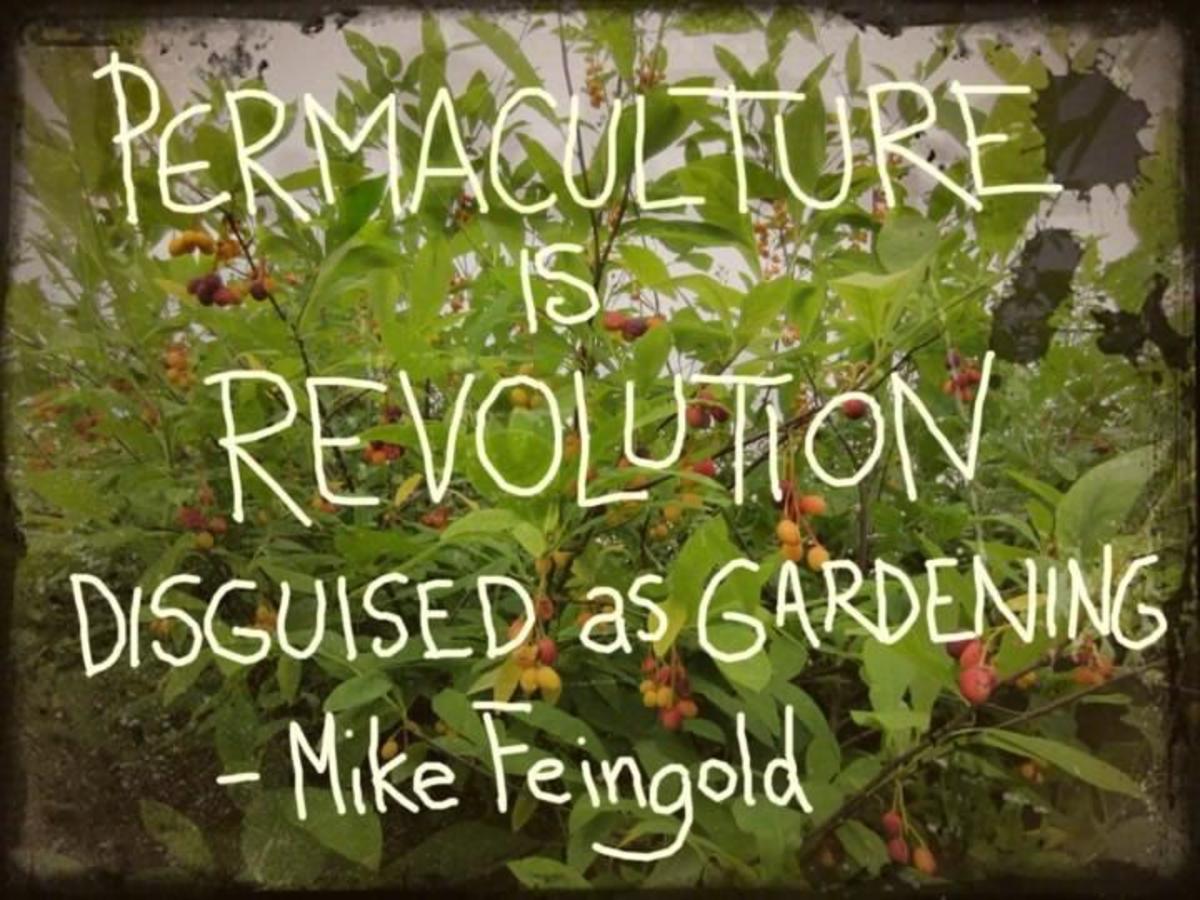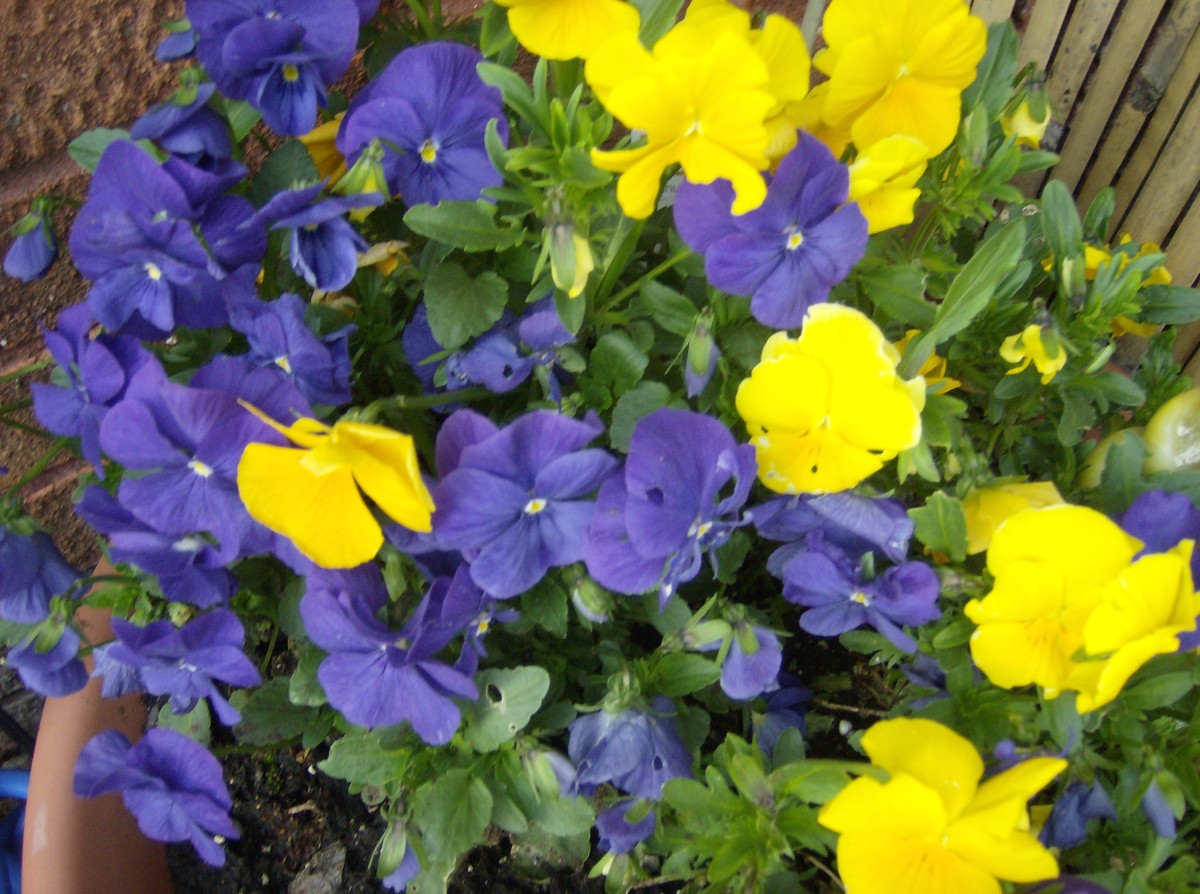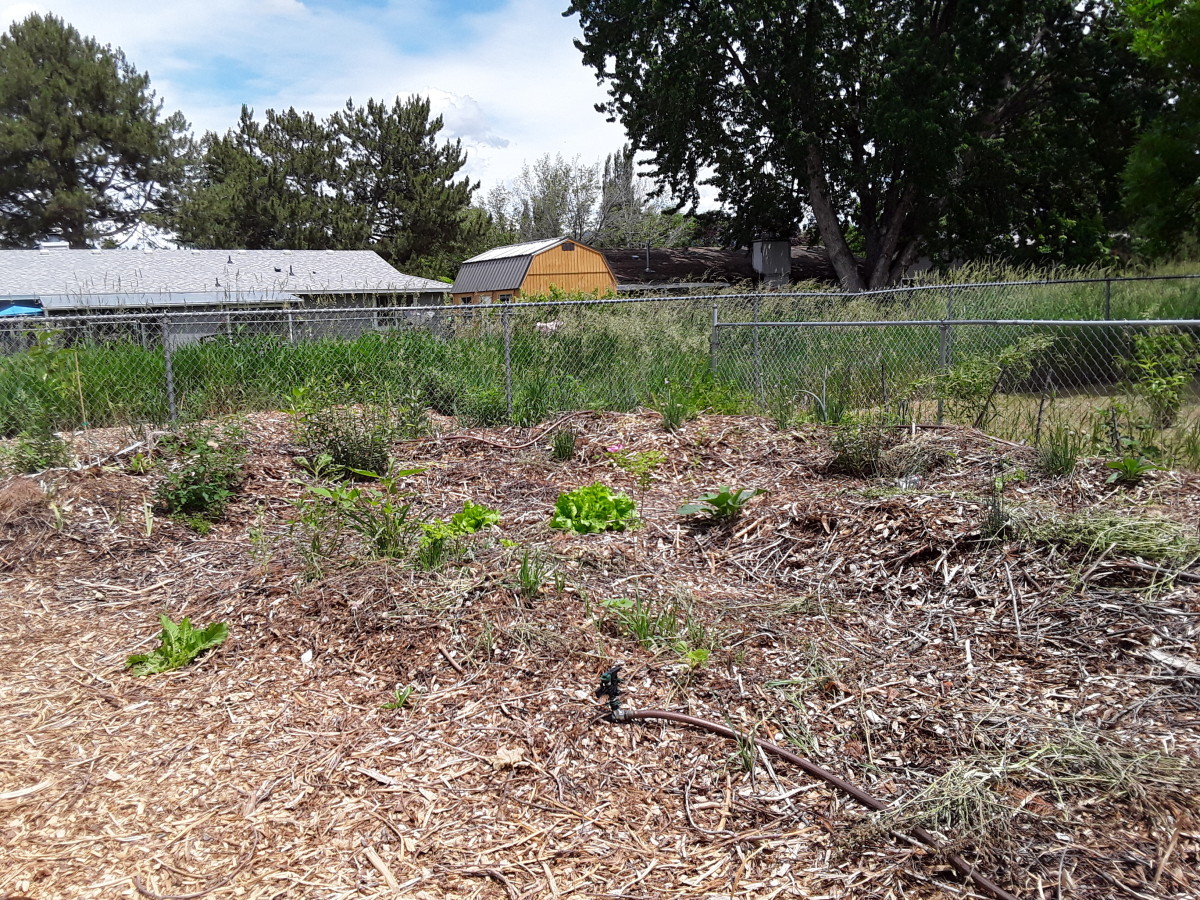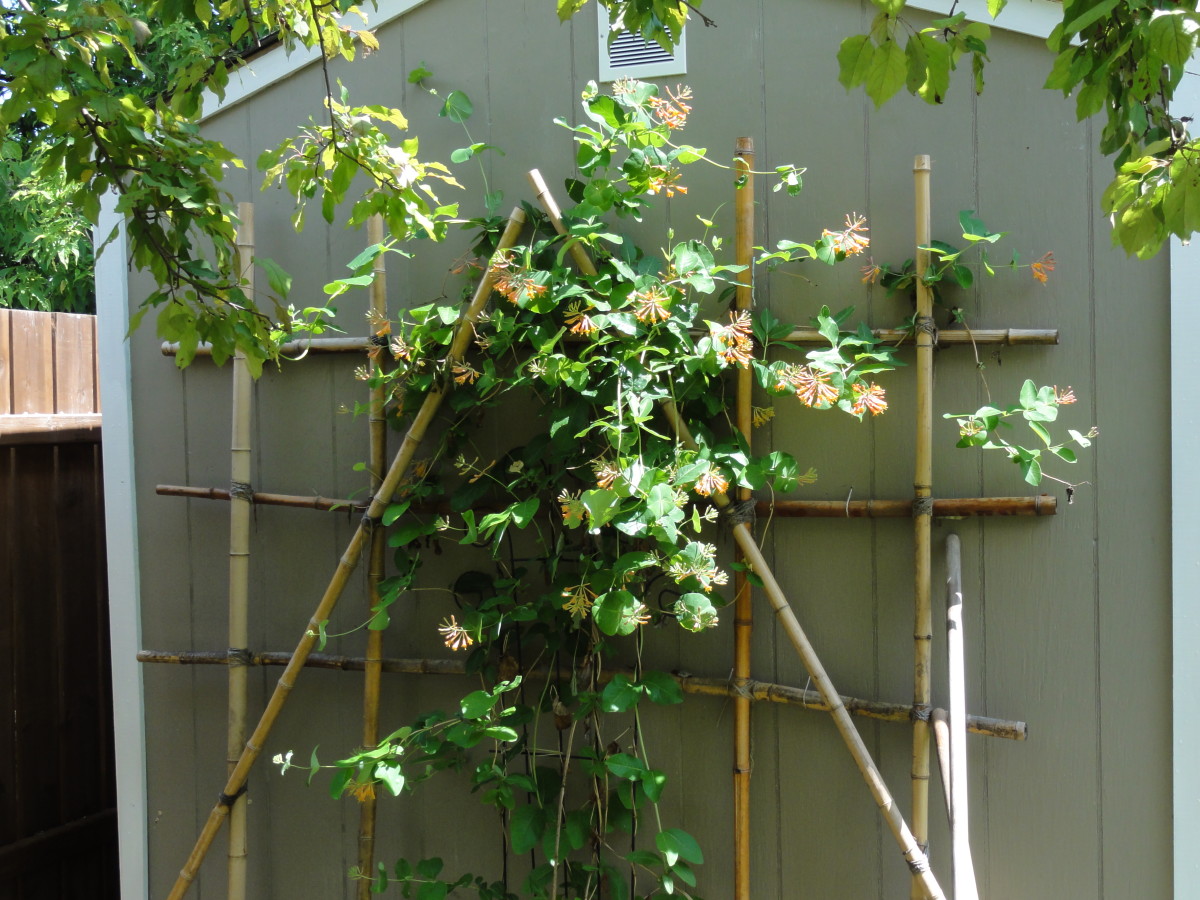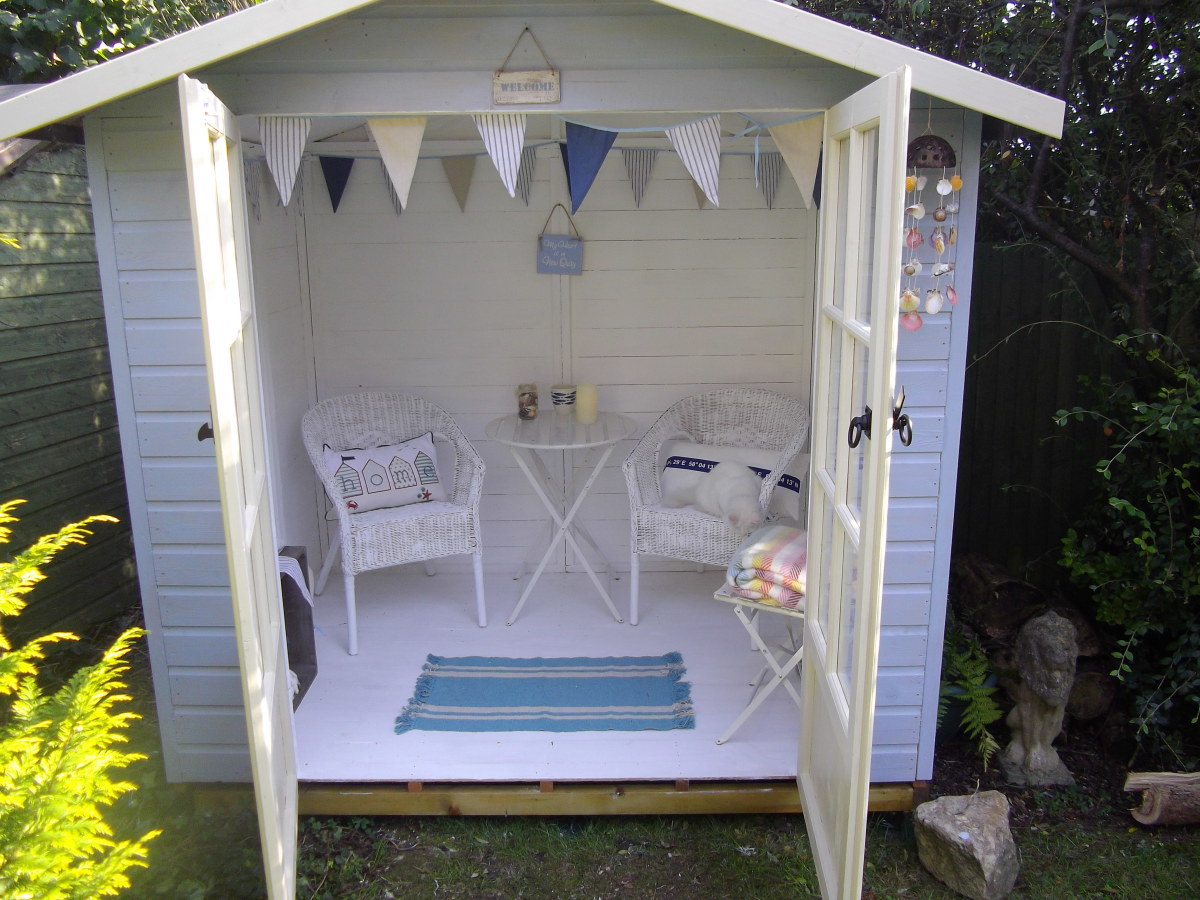The Basics of Permaculture/ Food Forest Gardening
What is Permaculture?
It is a garden design method that seeks to create healthy, sustainable agriculture. The word comes from a mix of "permanent" and "agriculture". In name it has existed for a few decades, but in practice it probably existed much, much longer.
Ethics
First it is important to understand the ethics of permaculture. They are simple.
1) Care for the Earth. It is the only one we have.
2) Care for people. Permaculture is about creating a sustainable human habitat.
3) Share the surplus. What we grow should be available to everyone.
Zones
Permaculture is about efficiency. Think of your property in zones.
Zone 0- The house- where you live
Zone 1- Yard and garden- This is where your annual vegetable garden, and herbs should be. Also anything else you need often so it's close to the house. Everything here requires frequent maintenance or harvesting.
Zone 2- More perrenial plants, compost, and things that need less care.
Zone 3- Crops with minimal maintenance that you will not be using often. Possible things for sale. Also live stock pastures.
Zone 4- semi wild- good place for a food forest, and for getting timber
Zoe 5- The wild- no human intervention here.
It is up to you to decide what you will have in each zone. Just keep in mind what makes sense for your life style.
Layers
Nature is layered and so should your permaculture food forest. Traditionally there are 7 layers
1- canopy (large fruit and nut trees)
2- low tree layer (dwarf fruit trees)
3- shrub layer ( berries and bushes)
4- herbaceous (low growing vegetables that are annual or perrenial)
5- rhizosphere (root vegetables)
6- soil surface (ground covers, creeping plants)
7-verticle layer (climbers, vines)
Partnerships
The plants you choose should serve more than one purpose. Preferably they should work together to make each other grow better and give you less work. Use nitrogen fixing plants like legumes near leafy plants that require alot of nitrogen. Use plants that repell pest insects (like tansy, garlic, nasturtium, marigold, and onion) around plants that are susceptable to pests (like brassicas and squash). Many plants grow well together. Simply research "plant guilds" and find out which are good for your area. The Native Americans planted corn, beans, and squash together with much success.
A Few Tips
1) Have a rain water collection system. You get free water every storm, dont waste it.
2) Start acompost pile. Kitchen scraps and yard waste are valuable fertilizer.
3) Mulch, mulch, and then go mulch somewhere else. It consrves soil moisture and improves soils structure and fertility.
4) Say no to pesticides and synthetic fertilizers. They are poisons and have no place in a sustainable permaculture garden.
5) Favor perrenials over annuals. They require less work, and the make permaculture truly permanent.

